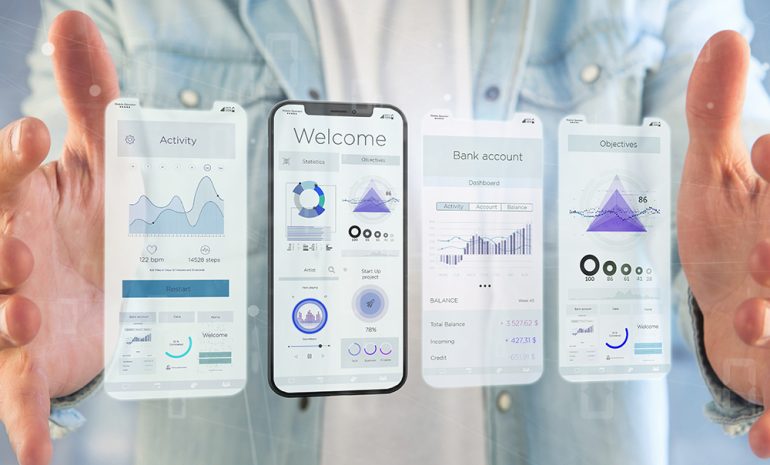Introduction:
User interface (UI) and user experience (UX) design have become essential elements in creating successful digital experiences. As technology continues to advance at a rapid pace, UI/UX design is evolving to meet the changing needs and expectations of users. In this blog post, we will explore the future of UI/UX design and highlight the trends that are expected to shape the industry in 2023 and beyond.
- Immersive and Interactive Experiences:
The future of UI/UX design will be marked by immersive and interactive experiences. Advancements in technologies such as virtual reality (VR), augmented reality (AR), and mixed reality (MR) will enable designers to create rich and engaging digital experiences. UI/UX designers will focus on seamlessly integrating these technologies to enhance user interactions, provide realistic simulations, and deliver captivating experiences across various industries, including gaming, education, healthcare, and e-commerce.
- Voice User Interface (VUI):
The rise of voice assistants and smart speakers has paved the way for the adoption of voice user interfaces (VUI). In the future, UI/UX designers will need to consider designing interfaces that effectively incorporate voice commands and responses. Conversational interfaces will become more prevalent, and designers will focus on creating intuitive and natural interactions through voice-controlled navigation, personalized recommendations, and contextual understanding.
- Minimalist and Simplified Design:
Minimalism and simplicity have been ongoing design trends, and they will continue to dominate UI/UX design in the future. Users expect streamlined and clutter-free interfaces that are easy to navigate. Designers will prioritize clean layouts, clear typography, ample white space, and intuitive navigation to ensure a seamless user experience. Minimalist design not only enhances usability but also allows for faster loading times and improved performance across various devices and screen sizes.
- Dark Mode:
Dark mode has gained significant popularity in recent years, and it is expected to continue as a dominant trend in UI/UX design. Dark mode not only provides an aesthetically pleasing look but also offers advantages such as reduced eye strain, improved battery life on OLED screens, and enhanced visibility in low-light environments. UI/UX designers will focus on optimizing designs for dark mode, considering color contrast, readability, and maintaining a cohesive visual experience across both light and dark modes.
- Microinteractions and Animation:
Microinteractions and animations add depth and interactivity to digital experiences. In the future, UI/UX designers will leverage microinteractions to provide subtle feedback, guide users, and enhance engagement. Thoughtfully designed animations will contribute to seamless transitions, visual storytelling, and improved user understanding. By combining microinteractions and animations, designers will create dynamic and immersive interfaces that captivate users and encourage interaction.
- Personalization and Adaptive Interfaces:
Personalization will continue to play a significant role in UI/UX design. In the future, interfaces will become more adaptive, tailoring content and experiences based on user preferences, behavior, and context. Designers will leverage data-driven insights to deliver personalized recommendations, customized interfaces, and context-aware interactions. By providing relevant and personalized experiences, UI/UX designers can enhance user engagement and build long-term user loyalty.
Conclusion:
The future of UI/UX design is poised to bring exciting advancements and innovations. From immersive experiences and voice user interfaces to minimalist design, dark mode, microinteractions, and personalization, these trends will shape the way users interact with digital products and services. UI/UX designers will need to stay abreast of these trends and continually adapt their skills to create intuitive, engaging, and delightful experiences. By embracing these trends, businesses can differentiate themselves, build strong user connections, and stay ahead in the rapidly evolving digital landscape.

